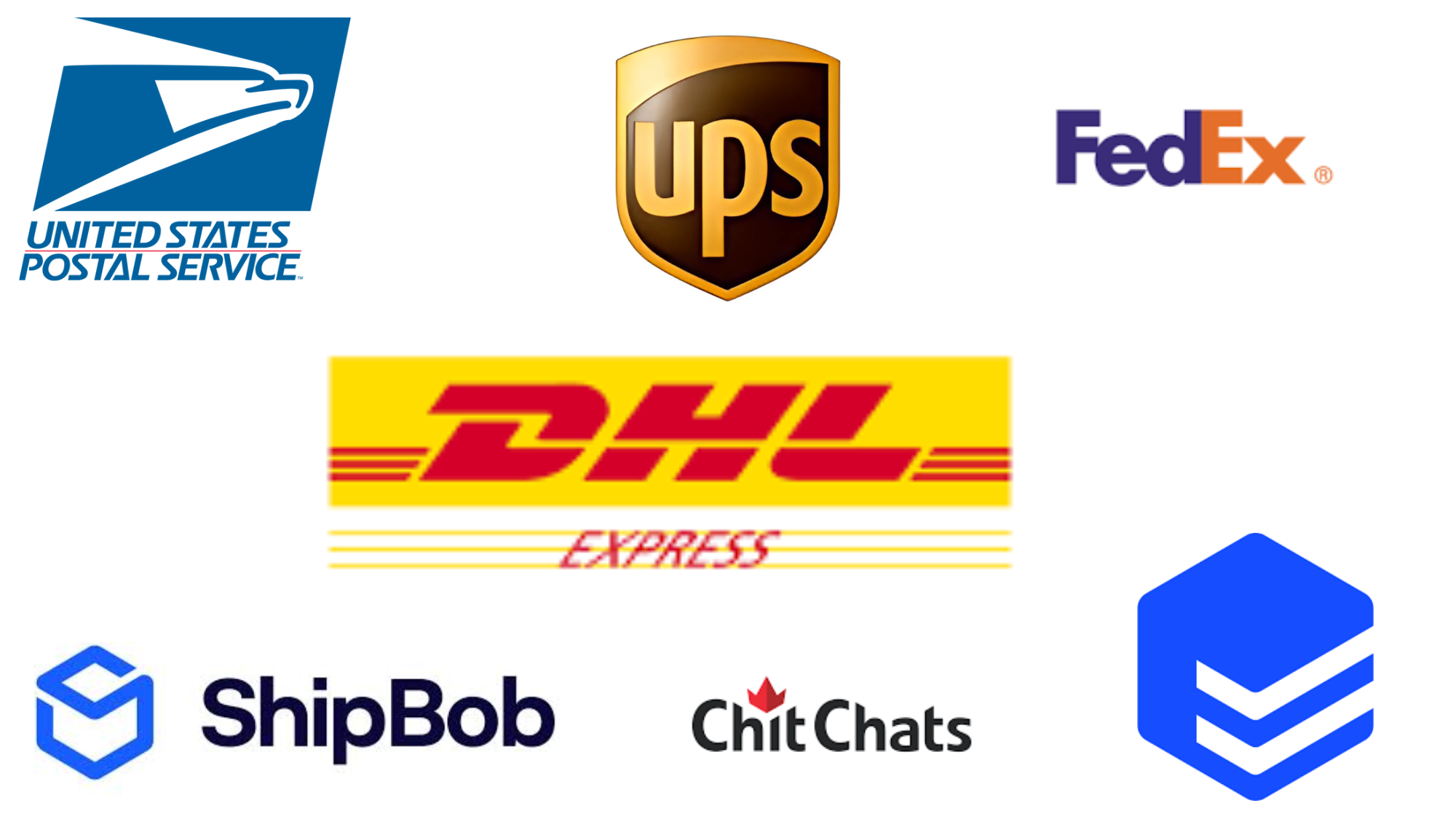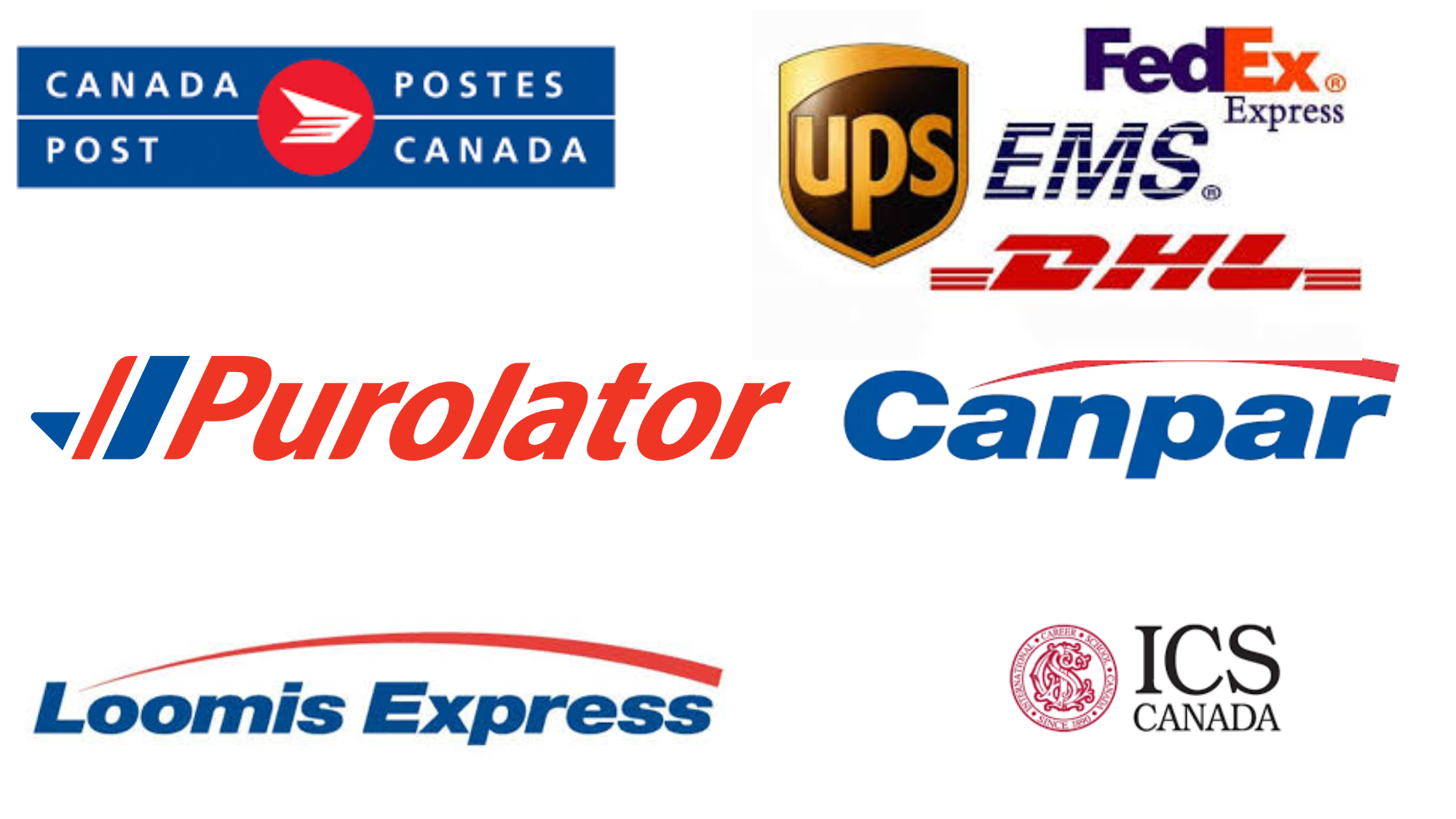Shipping a package to Canada can be tricky, and I know the costs often come as a surprise.
I’ve had times when a small box ended up costing more than I expected, which pushed me to start looking for cheaper options.
Many people face the same challenge, especially when sending items from the USA or even within Canada.
The good news is that various options for the cheapest shipping to Canada are available if you know where to look.
By comparing carriers, services, and package types, it’s possible to save money without losing reliability.
This guide breaks down the options for the cheapest shipping to Canada, presenting both cross-border and domestic choices to help you find the best fit for your budget and needs.
Understanding Shipping Costs to Canada
Before considering the cheapest shipping option to Canada, it’s helpful to understand the factors that influence price fluctuations. Shipping rates are never one-size-fits-all.
A few key factors decide how much you’ll pay, and knowing them can save you from surprises:
Factors That Influence Shipping Prices
Several things play a role in the final cost:
- Weight: Heavier packages almost always incur higher costs. Even an extra pound can change the rate.
- Size: Carriers use dimensional weight, which means a big box of light items may cost more than a small heavy box.
- Distance: Shipping from New York to Toronto is cheaper than shipping to remote areas like Yukon.
- Delivery speed: Express or next-day shipping can be two to three times more expensive than standard ground shipping.
- Customs and paperwork: Cross-border shipments often involve clearance steps that can add to the cost.
Cross-Border vs. Domestic Shipping Costs
Shipping costs can vary significantly depending on the destination of your package. Let’s compare cross-border shipping from the USA to Canada with domestic shipping within Canada to see the main differences.
| Aspect | Cross-Border (USA → Canada) | Domestic (Within Canada) |
|---|---|---|
| Base Cost | Higher due to international handling and carrier fees | Lower since packages stay within Canada |
| Customs & Duties | Required – may include duties, taxes, and brokerage fees | Not required |
| Paperwork | Needs international labels and customs forms | Standard labels only |
| Delivery Time | Longer due to border clearance and extra steps | Faster, especially within provinces |
| Regional Variation | Costs rise for remote Canadian destinations | Urban areas are cheaper; rural areas cost more |
Hidden Fees to Watch Out For
Even when you think you’ve found the cheapest option, extra fees can show up:
- Duties and taxes: Canada applies import duties on certain goods, which the receiver may need to pay.
- Brokerage fees: Carriers like UPS or FedEx often charge to process customs paperwork.
- Fuel surcharges: These fluctuate based on fuel prices and can quietly add to your bill.
Understanding these costs upfront makes it easier to compare carriers fairly and avoid sticker shock when your package arrives.
Cheapest Shipping Options from the USA to Canada

There’s no single “best” carrier for everyone. The cheapest shipping to Canada depends on what you’re sending, how quickly it needs to arrive, and your budget.
1. USPS (United States Postal Service)
USPS is often the first choice for affordable cross-border shipping. It works well for individuals and small businesses who don’t need express speed.
- Pros: Affordable for small packages, available at any local post office.
- Cons: Delivery can take longer, especially with standard services.
- Best use case: Small, lightweight parcels that aren’t urgent.
2. UPS (United Parcel Service)
UPS is renowned for its reliable cross-border shipping services, backed by robust tracking tools and systems. It’s faster than USPS but usually comes at a higher cost.
- Pros: Accurate tracking, faster delivery options.
- Cons: Brokerage fees can add up, increasing the final price.
- Best use case: Heavier packages and shipments that require timely delivery.
3. FedEx
FedEx offers a range of service levels, from economy to overnight express. It’s a good fit if you value speed and reliability over the lowest cost.
- Pros: Consistent delivery times, flexible options.
- Cons: Higher cost unless you choose the economy service.
- Best use case: Business shipments or urgent parcels that can’t wait.
4. DHL Express
DHL is a global leader in international shipping. It’s known for smooth customs handling, which can save time.
- Pros: Excellent for international deliveries, fast customs clearance.
- Cons: More expensive, especially for personal shipments.
- Best use case: Time-sensitive cross-border deliveries where speed is most crucial.
5. Hybrid Services
Hybrid services include ShipBob, EasyPost, Chit Chats, and Stallion Express.
These third-party logistics providers connect with multiple carriers to bring down shipping costs. They are handy for frequent shippers.
- Pros: Discounted shipping rates, easier customs paperwork, multiple carrier options.
- Cons: Some require a business account or higher shipping volume.
- Best use case: Small businesses seeking to reduce costs on regular shipments.
Ultimately, the most cost-effective shipping option to Canada depends on the item being sent and the desired delivery speed.
By comparing these options, you can strike a balance between cost and convenience without overspending.
Cheapest Domestic Shipping Within Canada

When shipping within Canada, you have a range of carriers to choose from. Each has its own strengths, depending on your location, budget, and delivery needs.
1. Canada Post
Canada Post is the go-to carrier for most Canadians. It offers services such as Regular Parcel, Expedited, Xpresspost, and Priority, providing flexibility based on speed and cost.
- Pros: Affordable, serves all regions, including rural and remote areas, and offers multiple delivery options.
- Cons: Budget services can be slower, especially for cross-country deliveries.
- Best use case: Everyday shipping inside Canada, from small parcels to standard packages.
2. UPS & FedEx Canada
Both UPS and FedEx operate strong networks within Canada. They provide faster delivery than Canada Post, but often at a higher cost.
- Pros: Reliable tracking, consistent speed, strong customer support.
- Cons: Prices are higher than Canada Post for similar routes.
- Best use case: Time-sensitive packages or bulk shipments for businesses.
3. Purolator
Purolator is partly owned by Canada Post and has a strong domestic presence, particularly in urban areas. They are known for quick delivery and business-friendly discounts.
- Pros: Fast and reliable service, offers discounts for frequent shippers.
- Cons: Limited coverage in remote or rural regions.
- Best use case: Urban deliveries and small to mid-sized businesses.
4. Regional Carriers & Courier Networks
Smaller regional carriers, such as Canpar, ICS, and Loomis Express, are helpful for certain routes. They typically focus on specific provinces or regions.
- Pros: Lower rates for local or regional deliveries, flexible service.
- Cons: Limited coverage outside their primary service areas.
- Best use case: Cost-effective regional shipping within major cities and nearby areas.
Domestic shipping in Canada is all about matching the right carrier to your package type and destination.
By making informed choices, you can keep costs down while still meeting your delivery requirements.
Cheapest Way to Ship Different Package Types
Not every package should be shipped the same way. The cheapest shipping to Canada depends on the size, weight, and type of shipment you’re sending.
| Package Type | Cheapest Options | Best For |
|---|---|---|
| Small Parcels | USPS First-Class Mail, Canada Post Small Packet | Documents, clothing, and other light items under 4 lbs |
| Medium Packages | UPS Standard, FedEx Ground | Electronics, shoes, or mid-sized household goods |
| Heavy Items | Freight services, consolidated couriers | Furniture, equipment, or large bulk orders |
| Business Shipping | 3PLs (ShipBob, Chit Chats) or negotiated carrier accounts | E-commerce stores or frequent product shipments |
Matching your package type to the exemplary service ensures that your shipping is both affordable and reliable.
Tips to Get the Cheapest Shipping Rates
Finding the cheapest shipping to Canada isn’t just about choosing the right carrier. A few smart habits can help you cut costs every time you send a package.
- Compare carriers with online calculators: Most carriers have free shipping calculators on their websites. Use them to check rates before you buy a label. This makes it easy to see which option saves the most money.
- Use flat-rate boxes and prepaid labels: Flat-rate shipping is most effective when sending heavy items in smaller containers. Prepaid labels can also lock in lower rates compared to paying at the counter.
- Ship in bulk or consolidate shipments: Sending multiple small packages separately can add up. Combine items into one larger box or ship in bulk to qualify for discounted rates.
- Take advantage of online shipping platforms: Services like Chit Chats, ShipStation, or Pirate Ship often offer discounted carrier rates. Even small businesses and individuals can benefit from these tools.
- Pack smart: minimize weight and size. Carriers charge by weight and dimensions. Use smaller boxes, remove unnecessary packing materials, and reduce space to avoid unnecessary costs.
By applying these tips, you can stretch your shipping budget further and consistently find the lowest rates without sacrificing reliability.
Common Mistakes That Increase Shipping Costs
Even when you try to find the cheapest shipping to Canada, minor errors can make your costs climb higher than expected.
- Ignoring brokerage fees: Carriers like UPS and FedEx often charge extra for handling customs paperwork. These fees can sometimes cost more than the shipping itself.
- Choosing express delivery unnecessarily: Paying for next-day or two-day delivery when standard ground shipping is sufficient can double or triple your cost.
- Not comparing carriers: Sticking with one carrier without checking others often means missing out on lower rates. A quick online comparison can reveal significant savings.
- Poor packaging leading to dimensional weight charges: Using boxes that are too large or leaving excessive space can cause carriers to charge by size instead of actual weight. Packing smart keeps costs down.
By avoiding these mistakes, you’ll have more control over your shipping costs and keep your budget in check.
Conclusion
Shipping to Canada doesn’t have to be costly. We’ve covered the main factors that affect prices, compared the cheapest carriers for cross-border and domestic deliveries, and shared practical tips to cut expenses.
From USPS and Canada Post to UPS, FedEx, DHL, and regional couriers, each option works best for different package types.
By comparing rates, packing smart, and avoiding common mistakes, you can keep costs down while ensuring reliable delivery.
Start comparing options today and take the first step toward shipping smarter, faster, and for less.















